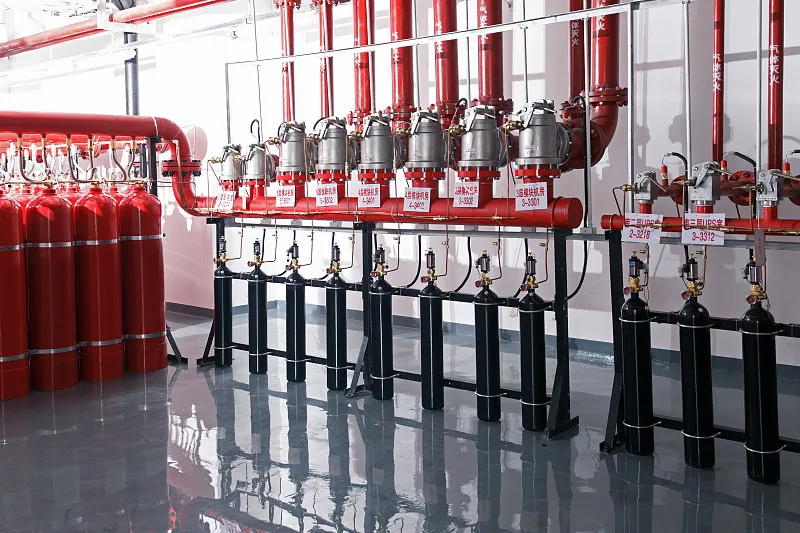uv sensor for flame detection
UV sensors for flame detection represent a crucial advancement in fire safety and industrial monitoring technology. These sophisticated devices operate by detecting ultraviolet radiation emitted during combustion processes, providing early warning of potential fire hazards. The sensor utilizes specialized photoelectric cells that are specifically tuned to respond to UV wavelengths typically associated with flame emissions, typically in the range of 200-280 nanometers. This technology enables rapid detection times, often responding within milliseconds of flame presence. The sensor's design incorporates advanced filtering mechanisms to discriminate between actual flames and potential false triggers from other UV sources. Modern UV flame detectors often include self-diagnostic capabilities, ensuring reliable operation and minimal maintenance requirements. These sensors are particularly valuable in high-risk environments where early flame detection is critical, such as oil and gas facilities, chemical processing plants, and industrial manufacturing settings. The technology's ability to function effectively in various environmental conditions, including smoke-filled atmospheres, makes it an essential component of comprehensive fire protection systems. Integration capabilities with existing safety infrastructure and digital monitoring systems further enhance their utility in modern industrial applications.











